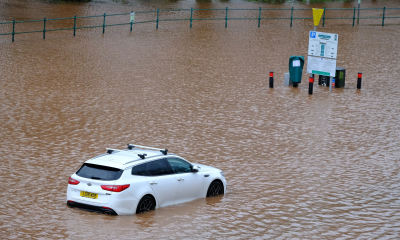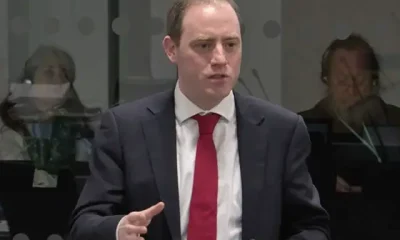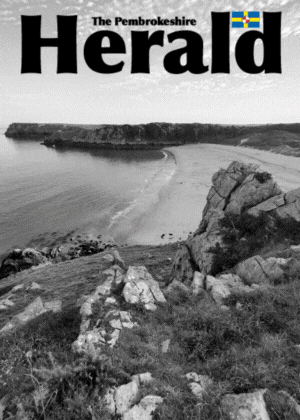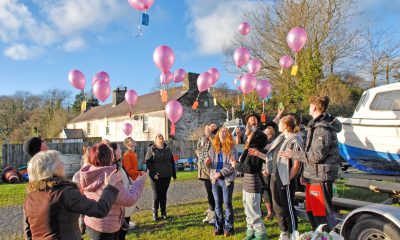News
Welsh 20mph Limit Policy: Controversy and Confusion
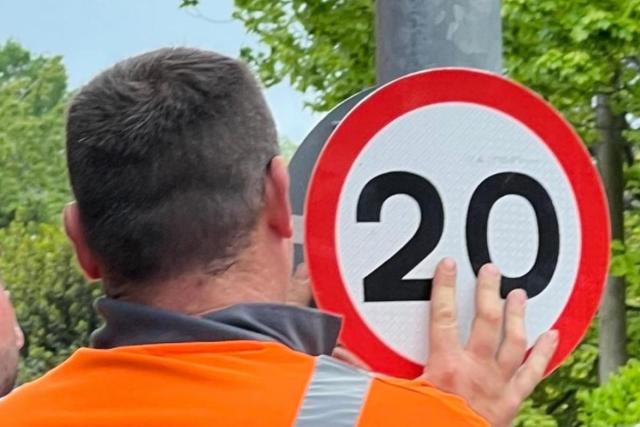
THE WELSH GOVERNMENT’S newly introduced 20mph speed limit policy has come under fire following a series of conflicting statements and criticisms over its implementation and potential economic implications.
Despite the Welsh Government’s earlier claim in a press release that fire service staff would work to stop speeding motorists in 20mph areas, a subsequent statement confirmed that only the Police and GoSafe would be responsible for enforcing the speed limit. This contradicts the assertion that motorists would be offered an educational video by fire service staff as an alternative to fines or prosecution.
Welsh Conservative Shadow Transport Minister, Natasha Asghar MS, criticised the conflicting information, stating, “It does nothing more than confuse motorists already in the dark due to Labour’s failed awareness campaign.” She further highlighted the potential financial implications of the policy, asserting that it would cost the Welsh economy an estimated £4.5 billion.
Further muddying the waters, the Shadow Minister for North Wales, Darren Millar MS, said that the Labour Government must reconsider its plans for the 20mph limit, emphasising that the Welsh Government appears to lack the necessary resources to police the scheme effectively.
However, a spokesperson for the Welsh Government emphasised the role of fire officers in the educational side of the roll-out, highlighting their frequent involvement in traffic collision aftercare. They were keen to clarify that fire officers would not be diverted from their regular duties.
Further controversies have arisen over the 20mph policy. An investigation by the Welsh Conservatives discovered instances of a Labour council removing 20mph signs outside schools before the official roll-out of the new speed limit. Natasha Asghar MS termed the move as “reckless and irresponsible”, adding that it risks the safety of children, especially as pupils return after summer holidays.
Leader of the Welsh Conservatives, Andrew RT Davies MS, called for urgent clarification from the First Minister regarding the impact on the Welsh NHS budget, considering the financial implications of the speed limit change.
The 20mph speed limit policy, which was aimed at improving road safety, has inadvertently ignited concerns over its financial implications, clarity of enforcement, and potential risks to child safety due to premature removal of speed limit signs outside schools. The coming weeks will determine how these issues are addressed as the policy comes into effect.
DRAKEFORD LEARNS OF IMPACT
First Minister Mark Drakeford this week (Thursday, Sept 7) visited one of the first areas in Wales to trial the new 20mph limit to learn more about the impact of the “biggest step-change in community safety in a generation.”
With just 10 days to go before the default 20mph speed limit will be introduced across Wales, the First Minister met business owners, parents and school children in St Brides Major, in the Vale of Glamorgan.
Wales will become the first part of the UK to introduce a nationwide 20mph speed limit as most residential roads, which currently have a 30mph speed limit, switch to 20mph on Sunday, September 17.
St Brides Major was one of the first trial sites for the 20mph speed limit.
While visiting the village, the First Minister met with B&B owners Chris and Julie Davies who are happy with the slower speeds and said they make a positive difference to St Brides. Local community members who were successful in campaigning for safer streets through the group Safer St Brides were also keen to share their stories during the First Minister’s visit.
First Minister Mark Drakeford said: “Reducing speeds not only saves lives, it helps build safer communities for everyone, including motorists – better places to live our lives.
“It will help make our streets quieter, reducing noise pollution, and slower speeds will give more people the confidence to cycle and walk around their local areas and encourage children to play outdoors.
“Evidence from around the world is clear – reducing speed limits reduces collisions and saves lives.”
Wales will follow a similar approach taken in Spain where the speed limit on the majority of roads was changed to 30km/h in 2019.
Since then, Spain has reported 20% fewer urban road deaths, and fatalities have reduced by 34% for cyclists and 24% for pedestrians.
Research shows the 20mph default speed limit could save £92m a year by reducing the number of deaths and injuries. It could also help to reduce pressure on the NHS from a reduction in injuries from road traffic collisions.
Over the first decade, it is estimated a lower speed limit will save up to 100 lives and 20,000 casualties.
The change comes after four years of work with local authorities, police, and road safety experts to design a change in the law.
Local owner of St Bridget’s Farm B&B, Chris Davies said: “The people of St Brides have worked hard to get speeds lowered, and since the introduction of 20mph I’m pleased to say we’ve seen a noticeable difference in people travelling slower through the village and a lot less noise from speeding cars as a result.
“It now feels much safer for local people, especially children, and it’s lovely for guests at our B&B to be able to enjoy being out and about in the village.”
One of the campaigners for Safer St Brides, Nia Lloyd-Knott added: “The rollout of 20mph in St Brides Major has been fantastic. As a village we campaigned for slower speeds for a long time, so we were delighted to be chosen as one of the early adopters of 20mph.
“The village has a lot of families who are very keen walkers and cyclists, so the introduction of slower speeds has had a huge impact for the whole village, with many more parents feeling comfortable to let their children travel to the local school independently.”
News
Welsh Government outlines new rights for homeowners facing estate management charges

HOMEOWNERS living on privately managed estates in Wales are set to gain new legal protections under changes being introduced as part of the Leasehold and Freehold Reform Act 2024, the Welsh Government has said.
In a written statement published on Thursday (Dec 18), the Cabinet Secretary for Housing and Local Government, Jayne Bryant MS, provided an update on how the legislation will be implemented in Wales, with a particular focus on estate management charges paid by freehold homeowners.
Until now, homeowners on privately managed estates have often faced unclear or high bills for maintenance and services, with limited ability to obtain information or challenge costs. Once fully implemented, Part 5 of the Act is intended to address those concerns.
New powers for homeowners
Under the reforms, homeowners will be given the right to challenge the reasonableness of estate management charges for the first time. Estate managers will also be required to provide clearer information about the services being paid for through those charges.
In cases where estate management has failed, homeowners will be able to apply to a tribunal for a substitute manager to be appointed. The Act will also require estate managers to publish details of any administration charges in advance, where payment is expected.
Jayne Bryant said the changes would bring “significant new rights and protections” for homeowners affected by estate management fees.
Welsh and UK consultations
Responsibility for introducing the necessary secondary legislation is shared between the Welsh and UK Governments. While many of the powers rest with UK Ministers, Welsh Ministers are responsible for rules relating to the publication of administration charges in Wales.
The Welsh Government has confirmed it is working alongside UK counterparts to ensure both consultations are launched at the same time, allowing homeowners and stakeholders to consider the full set of proposals together.
Homeowners are being encouraged to respond to both the Welsh Government consultation on administration charges and the UK Government consultation on the wider estate management regime.
The consultations are now open and form part of the process to bring the new protections into force.
News
Flood warnings issued across Wales as heavy rain raises river levels
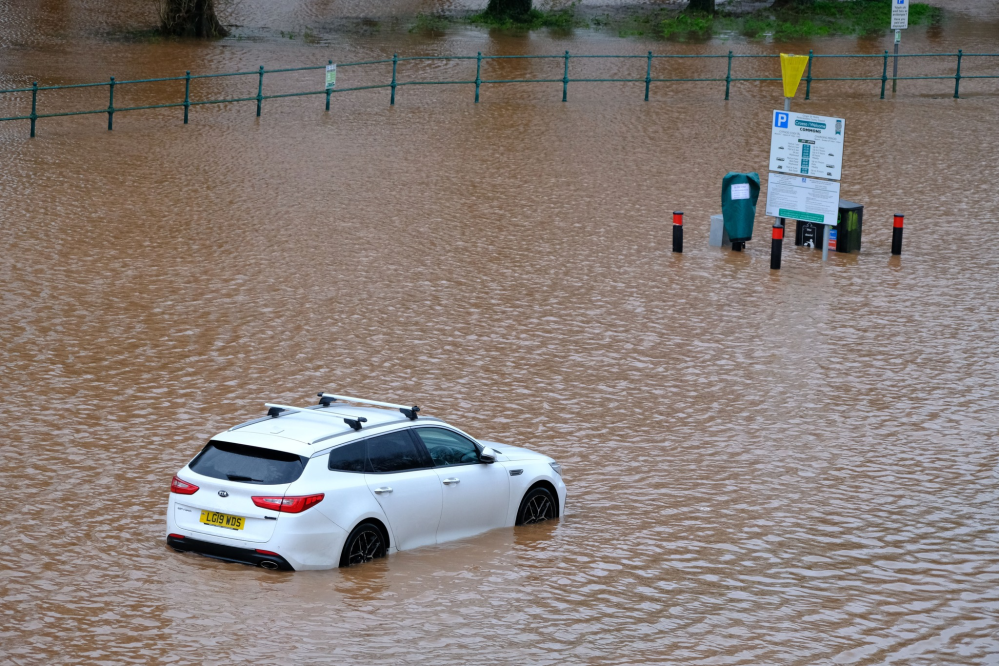
FLOOD warnings and alerts have been issued across large parts of Wales as persistent heavy rain causes river levels to rise, with parts of the country facing an increased risk of flooding on Thursday (Dec 18).
Natural Resources Wales (NRW) has confirmed that four flood warnings are currently in place, meaning immediate action is required, while a further 16 flood alerts have been issued where flooding is possible.
A yellow weather warning for rain has been issued by the Met Office, covering much of Wales from 10:00am on Thursday until 7:00pm, with disruption expected in some areas.
NRW said the warnings follow prolonged wet weather, with further heavy rainfall forecast to move across the country during the day.
The Met Office said: “An area of heavy rain will move northeast across the warning area during Thursday morning and afternoon before clearing to the east through the evening.
“Given recent very wet weather, there is potential for some disruption to travel and possible flooding.
“Much of the warning area will see 15–25mm of rain but some places could see 40–50mm, with the highest totals falling over high ground of south Wales.”
Forecasters have also warned that strong winds could worsen conditions, particularly along the coast.
“There is a chance of 60–70mph gusts along the exposed south coast, and perhaps 40–50mph some way inland,” the Met Office added.
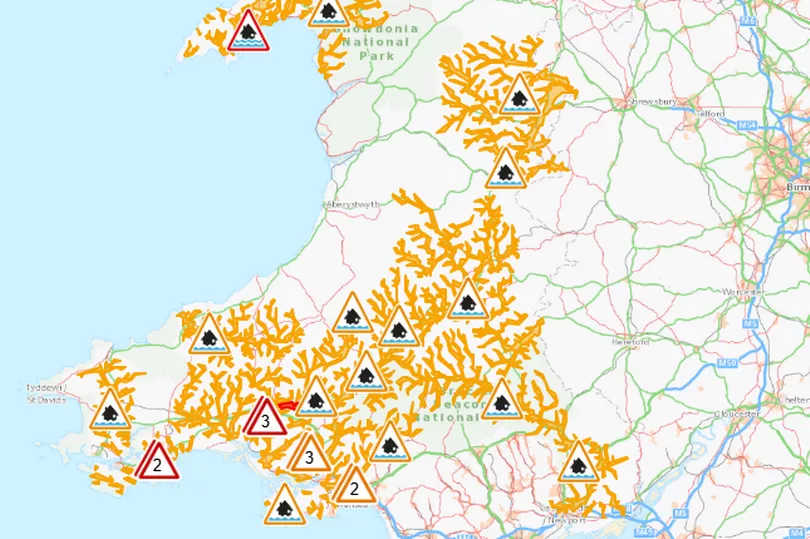
Flood warnings in force
NRW has confirmed flood warnings are currently active at the following locations:
- River Towy at Carmarthen Quay, Carmarthen
- River Ritec at Tenby
- River Towy affecting isolated properties between Llandeilo and Abergwili
- River Rhyd Hir at Riverside Terrace, Pwllheli
Residents in these areas are being urged to take immediate action to protect property and personal safety.
Flood alerts issued
In addition, flood alerts — meaning flooding is possible — have been issued for the Lower Severn catchment in Powys, along with other areas shown on NRW’s live flood monitoring maps.
NRW is advising people to remain vigilant, avoid flooded roads and footpaths, and keep up to date with the latest forecasts and warnings.
The Herald understands that river levels will continue to be closely monitored throughout the day as rainfall moves through Wales.
Members of the public can check the latest flood warnings and alerts on the Natural Resources Wales website or by signing up for flood alerts direct to their phone.
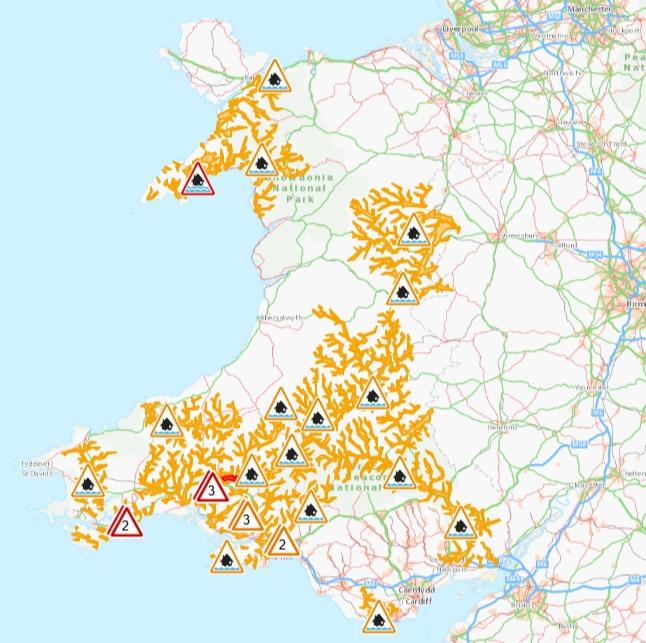
Flood alerts and warnings across Wales on Thursday (Pic: NRW).
Crime
Jury discharged after failing to reach verdict in historic abuse trial
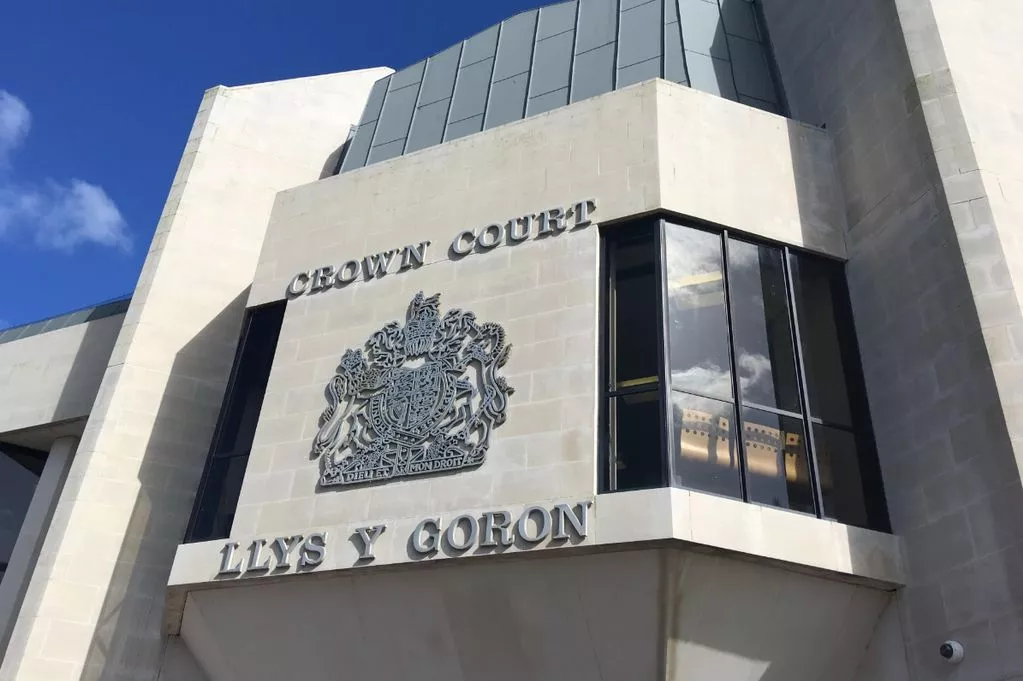
CPS have a week do decide if they wish to pursue a re-trial, judge confirms
THE JURY has been discharged in the trial of a Milford Haven man accused of historic child sex offences after telling the court it was unable to reach a verdict, even by majority.
Thomas Kirk, aged 50, of Meyler Crescent, Milford Haven, is charged with the oral rape and sexual assault of a child, with the offences alleged to have taken place in Pembrokeshire between 2007 and 2009, when the complainant was aged between thirteen and fifteen. He denies the charges.
On Thursday (Dec 18), the jury returned to Swansea Crown Court and was asked whether it had reached a verdict on either count upon which at least ten jurors were agreed.
The foreman replied: “No.”
Judge Paul Thomas KC then asked whether there was any realistic likelihood that further deliberations would lead to a verdict being reached.
The foreman replied: “No, your honour.”
Judge Thomas KC said that in those circumstances he would discharge the jury and give the prosecution seven days to decide whether it would seek a retrial.
Addressing the jurors, the judge said they should not think they had failed or let anyone down.
“These things happen,” he said. “It’s one of the strengths of the jury system that people hold different views.”
He thanked the jury for their service and wished them a Merry Christmas and Happy New Year.
The court heard that the prosecution will now consider its position, with a further hearing expected next week to determine whether a retrial will take place.
-

 Crime23 hours ago
Crime23 hours agoMilford Haven man jailed after drunken attack on partner and police officers
-
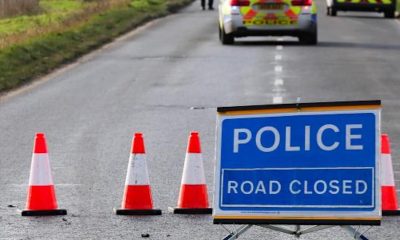
 News4 days ago
News4 days agoDyfed-Powys Police launch major investigation after triple fatal crash
-

 Crime21 hours ago
Crime21 hours agoTeenager charged following rape allegation at Saundersfoot nightclub
-

 Crime3 days ago
Crime3 days agoMan sent to Crown Court over historic indecent assault allegations
-

 Crime2 days ago
Crime2 days agoMan charged with months of coercive control and assaults
-

 Crime5 days ago
Crime5 days agoMan spared jail after baseball bat incident in Milford Haven
-

 Crime3 days ago
Crime3 days agoMilford Haven man admits multiple offences after A477 incident
-

 Crime2 days ago
Crime2 days agoWoman ‘terrified in own home’ after ex breaches court order









